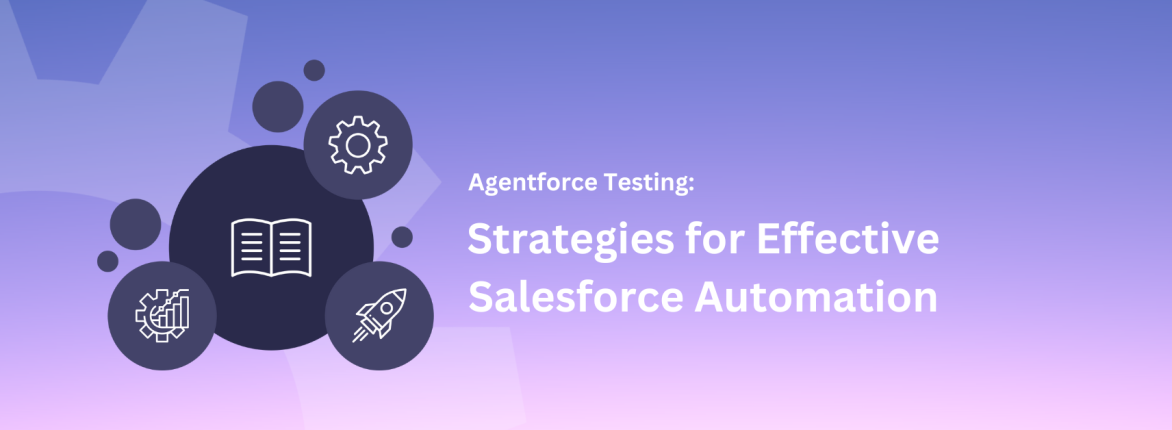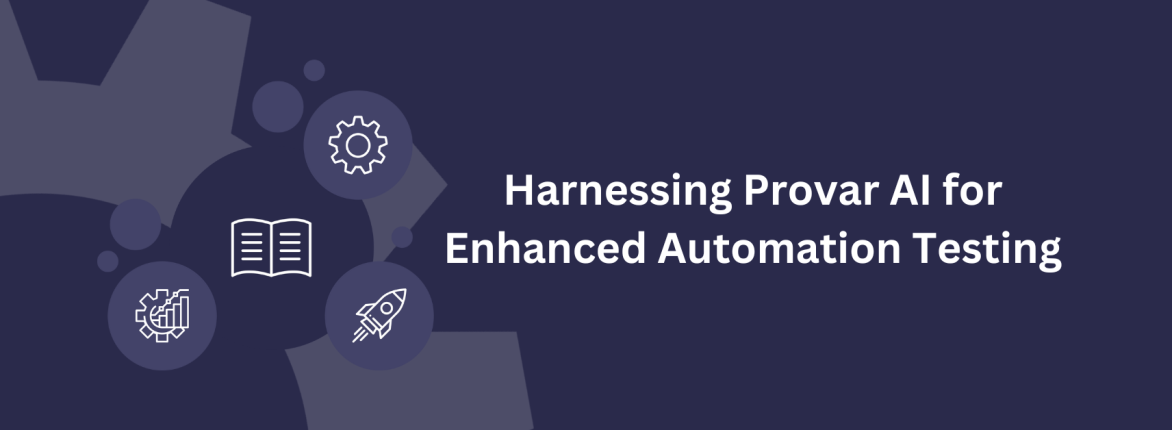Salesforce is the world’s largest CRM, empowering organizations of all sizes to innovate their business processes and improve customer experiences. And while most business leaders understand the sizable initial investment it takes to implement Salesforce successfully, many don’t realize just how costly Salesforce maintenance can be — often relying on manual testing to keep increasingly complex systems running smoothly.
Since 2014, Provar has helped organizations worldwide manage their Salesforce maintenance with our suite of automated testing solutions. Our innovative and intuitive products are designed to minimize issues and maximize efficiency, empowering organizations to anticipate important Salesforce updates and save time, money, and trouble.
In this blog, we’ll explore the true cost of Salesforce maintenance. We’ll discuss how manual testing can lead to unexpected — and often astronomical — costs. And we’ll talk about how an automated testing partner like Provar can help your organization transform your testing and save time and money.
The Hidden Costs of Manual Testing
For many organizations—especially those new to Salesforce—manual testing might seem like the simplest approach. After all, it’s easy enough to assign a team to check every feature and function after code changes or system upgrades are made … right?
These assumptions are easy to make. Salesforce itself is intuitive and easy to use; testing it should be, too. However, with three major seasonal releases each year, time-based features, weekly patches, and regular updates, keeping up with Salesforce maintenance with manual testing can be tough. Manual testing — which may seem like a simple solution — can lead to major problems, massive hassles, and a multitude of hidden costs:
Manual Testing is Time Consuming
To thoroughly test your Salesforce ecosystem, you must allocate significant resources and divert valuable team members from other important tasks. Time-consuming manual testing can delay innovation, affect agility, and stifle creativity among overworked team members.
Manual Testing is Error-Prone
Its benefit is that it has a human element. The drawback is—you guessed it—that it has a human element. Even the most diligent testers can overlook critical issues and make mistakes, leading to costly downtime and reputational damage.
Manual Testing is Inefficient
It lacks scalability; it is only as efficient and powerful as the people doing the testing. As your organization’s Salesforce ecosystem grows in complexity, manual testing becomes more repetitive, time-consuming, and inefficient.
The True Cost of Salesforce Maintenance with Manual Testing
While the true cost of Salesforce maintenance will vary from organization to organization, one central fact is undeniable—the price of testing extends far beyond billable hours.
Salesforce test maintenance can comprise a wide variety of tasks, including (but not limited to):
- Monitoring test results over time to inform teams which tests are most likely to break
- Prioritizing test cases by risk and coverage, beginning with the most critical tests
- Generating and inspecting reports to track results, assessing test case flow, and troubleshooting in real-time
- Updating tests, fixing broken steps, debugging failures, and improving performance
Remember, all of these tasks and more must be completed every time Salesforce releases a new update to maintain Salesforce functionality, ensure system security, and maintain consumer confidence. As a Salesforce ecosystem evolves through updates and customizations, relying solely on manual testing increases the likelihood of overlooking critical scenarios and edge cases, driving up maintenance costs and escalating organizational risk.
Take, for instance, the average Salesforce breakage rate. Salesforce customers can expect a 5% test breakage rate, meaning that five will break every 100 tests a team runs. However, those five broken test cases can look wildly different for organizations. The time to fix each failure will depend on several factors, including scope, complexity, and team expertise. If errors are easy fixes, maintenance costs may stay relatively reasonable. However, if complex rework is required or your team is still training, the true cost of Salesforce maintenance can skyrocket.
Salesforce Automated Testing: The Provar Advantage
If your organization is struggling to keep Salesforce maintenance costs down or has trouble with manual testing, Provar is here to help. Our suite of quality management solutions is purpose-built from the ground up on Salesforce and designed specifically to reduce maintenance costs. By harnessing the power of automation, Provar empowers organizations to achieve unprecedented efficiency and accuracy in testing.
With Provar, organizations can streamline their testing processes, reduce time to market, and maximize their Salesforce investment. Our intuitive platform enables rapid test creation and execution, and our teams of experts and educators deliver world-class customer service, freeing your teams to focus on strategic initiatives and innovation to drive business.
Conclusion
The real cost of Salesforce maintenance goes far beyond the initial investment. Manual testing may seem cost-effective, but the hidden expenses can quickly add up. By embracing automation with Provar, your organization can unlock significant savings while enhancing the reliability and agility of its Salesforce environment.
Want to learn more? Download our free white paper, The Real Cost of Maintenance, or connect with a Provar expert today!










